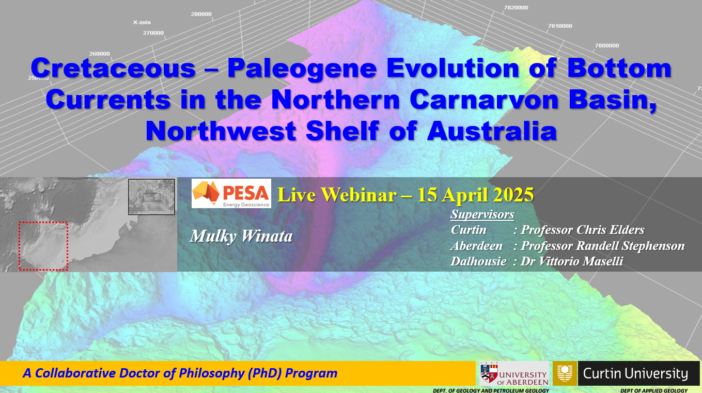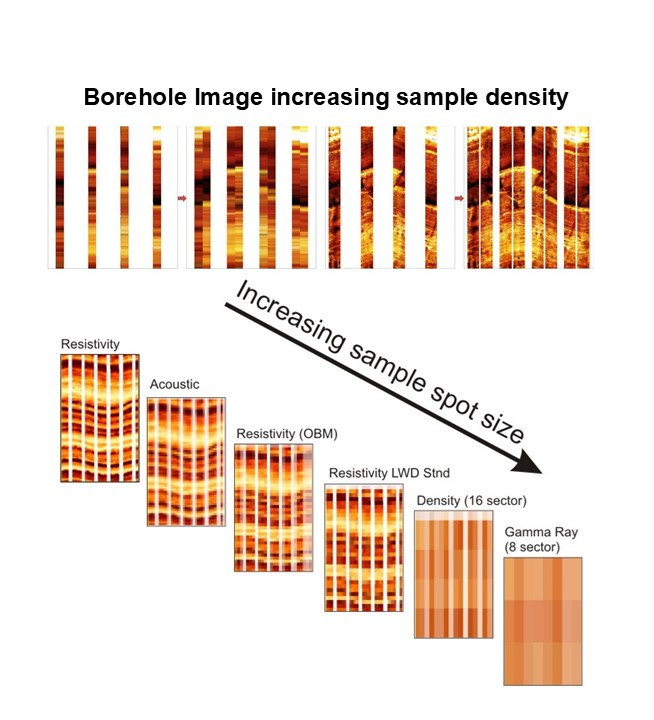
- This event has passed.
LIVE WEBINAR: Significance of Grain Coating that Preserves Porosity in Deep Sandstone Reservoirs: Case Studies from Australian Basins
Tuesday, 26 July, 2022 @ 11:00 am - 12:00 pm (Australia/Perth time)
Free – $10.00
Kindly supported by Rock Flow dynamics 
This live webinar will take place at:
11am – Perth
12.30pm – Darwin, Adelaide
1pm – Brisbane, Canberra, Hobart, Melbourne, Sydney
Use the calendar link on this page to add this event in to your own calendar at the correct local time for your location.
Tickets are free for members (please log in to see this) and $10 for non members.
Please buy your tickets and immediately follow the link in the ticket e-mail (not the calendar invite or this webpage, which is just generic and not event specific) to set up your registration with the webinar software well in advance of the time of the talk. Once registered with the webinar software you will receive a reminder e-mail 1 hour beforehand.
Significance of Grain Coating that Preserves Porosity in Deep Sandstone Reservoirs: Case Studies from Australian Basins
Presented by Saju Menacherry
Abstract
Diagenetic events are responsible for the subsurface modification of the sediments after it was deposited and buried to the present depth. Understanding the origin of grain-coating clays or micro-quartz coating and its effects on the inhibition of quartz overgrowth cements plays a crucial role in preservation of porosity in deeply buried sandstones. This talk discusses grain-coating by chlorite clay from three different basins of Australia, such as Bedout Sub-Basin, Northern Carnarvon Basin and Perth Basin and grain-coating by micro-quartz from Northern Carnarvon Basin and their effect on the preservation of porosity and permeability for better reservoir quality.
The study is based on petrographical and mineralogical investigations using the conventional optical microscope, scanning electron microscope (SEM) equipped with a dispersed energy spectrometer (EDS), and X-ray diffraction (XRD). In Northern Carnarvon Basin the chlorite grain-coating, found occasionally under the stratigraphic and sediment provenance-controlled areas of wells like Banambu Deep-1, Vos-1 and Homevale-1. The presence of chlorite coating on quartz grains inhibits later quartz cementation (especially >80 degrees C) and thereby preserves the intergranular primary porosity up to 26%.
High reservoir quality commonly correlates with the occurrence of chlorite grain-coating in Bedout Sub-Basin and consequent inhibition of quartz cementation in Caley Member sandstones. Correlated with petrographic analyses, the reservoir sandstones show a trend towards higher porosity (up to 24%) with increasing chlorite grain coating coverage. In Perth Basin, the good reservoir with high porosities and better permeabilities are mainly found in Kingia and High Cliff sandstones where the higher chlorite clay grain-coating and low to very low quartz / or carbonate cement content, of which the porosity is preserved up to 20%. The micro-quartz grain-coating in Northern Carnarvon Basin is associated with the shallow Mungaroo Formation under Wheatstone-Iago and Pluto Fields. The reservoir quality is controlled mainly by early formed grain-coating of microcrystalline quartz that precipitated from the dissolution of sponge spicules which significantly inhibits quartz overgrowth precipitation and thus preserves primary (intergranular) porosity up to 32% at deeper depths. The new data derived from the integration of petrographical analysis with burial diagenesis and quantitative interpretation techniques can predict the reservoir quality and rock properties (e.g., geochemical, geomechanical, petrophysical) that directly influence good reservoir presence, lower pre-drill risk allocation, resource estimates and optimised recovery strategies.




